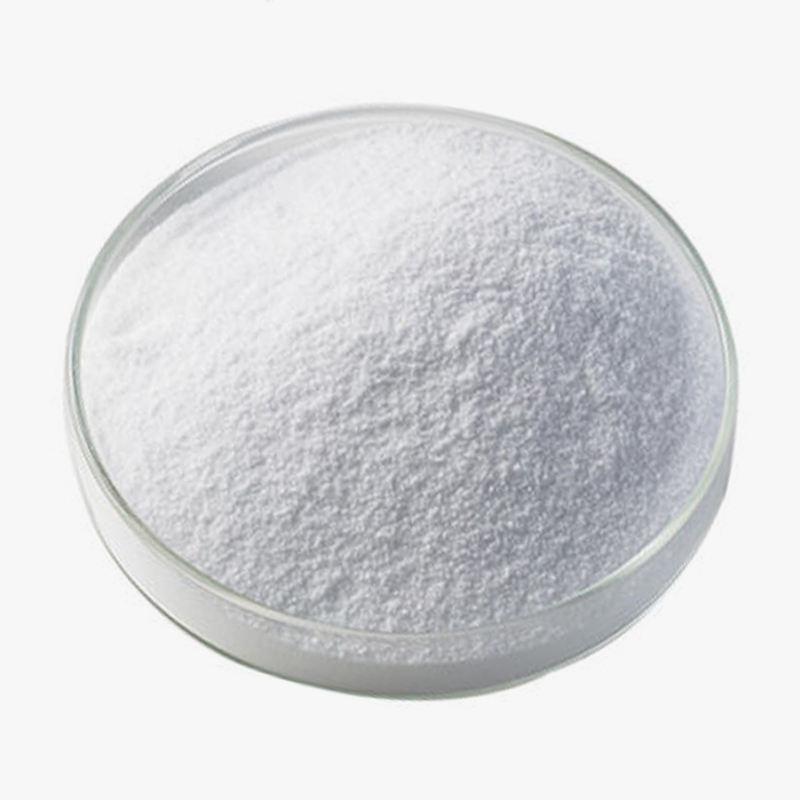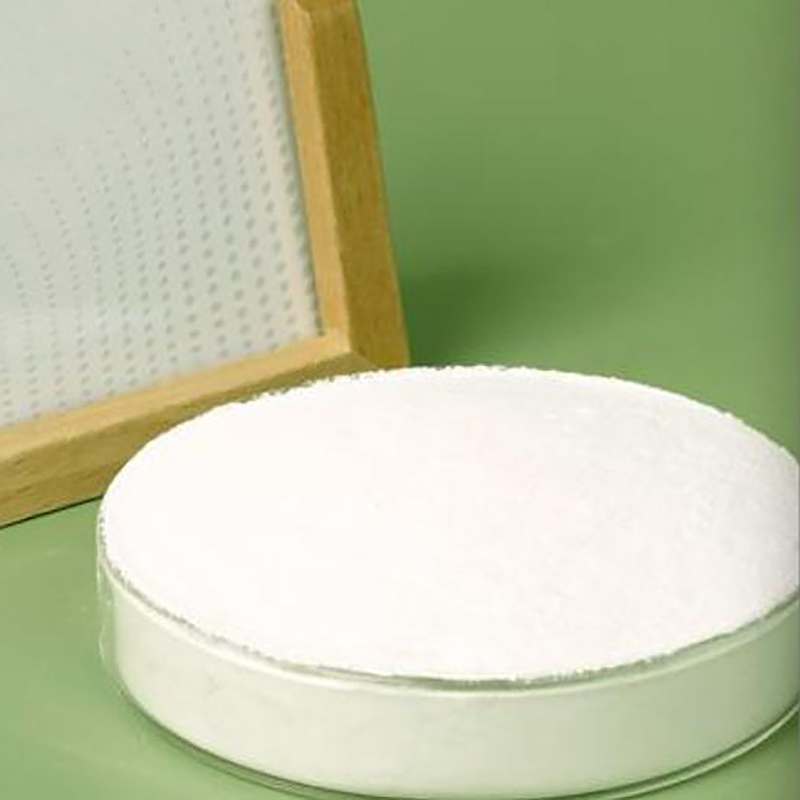1. Selection of storage environment
The storage temperature of daily chemical grade hydroxypropyl methylcellulose should be controlled at 15~30℃ to avoid high temperature causing the viscosity of cellulose to decrease or deteriorate, and moisture absorption and agglomeration caused by low temperature. The relative humidity needs to be maintained at 50%~70%. Too high humidity will cause HPMC to absorb moisture and agglomerate, affecting solubility and fluidity; too low humidity may cause the material to dry and crack. Avoid direct sunlight during storage. Ultraviolet radiation will cause molecular chain breakage and deteriorate product performance. It is recommended to use opaque packaging or store in a cool place.
2. Selection of packaging and containers
Use highly sealed containers, such as high-density polyethylene barrels or aluminum foil composite bags, to prevent water vapor penetration. The container must be sealed immediately after opening to avoid long-term exposure to the air. For the remaining raw materials after subpackaging, it is recommended to use vacuum packaging or nitrogen protection to reduce the risk of oxidation. Avoid using containers containing metal ions or acidic materials to prevent catalytic degradation reactions.
3. Storage operation specifications
HPMC of different batches and specifications must be stored in different areas, and the labels must clearly indicate the production date, batch number and expiration date. Keep away from chemicals such as acids, alkalis, oxidants, etc. to avoid cross contamination. Regularly check the integrity of the packaging and the state of the raw materials. If agglomeration, discoloration or odor is found, it must be isolated and tested immediately. Slight agglomeration can be restored to dispersibility by low-temperature drying below 50°C. Severe agglomeration is recommended to be discarded.
The storage area needs to be cleaned regularly to prevent dust and microbial contamination. It is recommended to use a dust-free workshop or dust-proof shelves.

 简体中文
简体中文 English
English русский
русский عربى
عربى Español
Español










